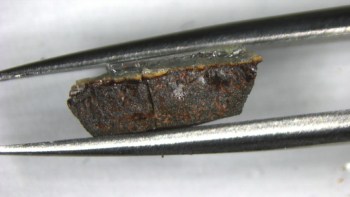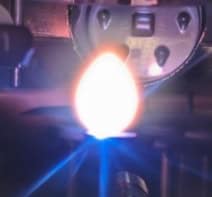In 1937 the largest aircraft ever to fly, the Hindenburg , exploded into flames while trying to land at New Jersey in the US. The explosion killed 37 people and put the development of airships back for decades. Investigations in both the US and Germany found that the explosion was caused by a build up of electrostatic charge which ignited the hydrogen inside the airship. Next week, however, two American researchers will present evidence at a symposium in Turkey that the material used to coat the skin of the airship caused the explosion. They also believe that the makers of the airship, the Zeppelin company, knew the real reason for the crash, but blamed hydrogen for 'political' reasons.
Hydrogen exonerated in Hindenburg crash
12 Jun 1998



